In the reaction
Me3NBrCN−−−→A(i)H2O−−−−→(ii)ΔB
B is
MeNH2
Me3NO
Me2NH
Me2NCOOH
The correct Answer is:D
To solve the problem, we need to analyze the given reaction step by step.
Step 1: Identify the starting compound
The starting compound is trimethylamine, represented as Me3N. It has three methyl groups attached to a nitrogen atom.
Step 2: Understand the reaction with BrCN
In the first part of the reaction, Me3N reacts with BrCN. The bromine (Br) atom is a good leaving group, and the cyanide group (CN) can act as a nucleophile. The nitrogen atom in trimethylamine has a lone pair of electrons and can attack the carbon of the cyanide group.
Step 3: Formation of compound A
When Me3N reacts with BrCN, the bromine atom leaves, and the nitrogen forms a bond with the carbon of the cyanide group. This results in the formation of a new compound, which can be represented as Me3N+C≡N (a quaternary ammonium salt with a cyanide group). This compound is denoted as A.
Step 4: Heating the compound A
The next step involves heating compound A under conditions denoted by (ii)Δ. Heating can lead to the hydrolysis of the cyanide group. The cyanide group can be converted into a carboxylic acid through hydrolysis.
Step 5: Formation of compound B
When compound A is hydrolyzed, the cyanide group (−C≡N) will be converted into a carboxylic acid group (−COOH). Thus, the final product B will be trimethylamine with a carboxylic acid group attached, which is trimethylammonium carboxylate.
Conclusion
The final product B is trimethylammonium carboxylate.
Summary of the Steps:
1. Identify the starting compound as trimethylamine (Me3N).
2. Recognize the reaction with BrCN leading to the formation of compound A.
3. Understand that heating compound A leads to hydrolysis.
4. Conclude that the final product B is trimethylammonium carboxylate.
The starting compound is trimethylamine, represented as Me3N. It has three methyl groups attached to a nitrogen atom.
In the first part of the reaction, Me3N reacts with BrCN. The bromine (Br) atom is a good leaving group, and the cyanide group (CN) can act as a nucleophile. The nitrogen atom in trimethylamine has a lone pair of electrons and can attack the carbon of the cyanide group.
When Me3N reacts with BrCN, the bromine atom leaves, and the nitrogen forms a bond with the carbon of the cyanide group. This results in the formation of a new compound, which can be represented as Me3N+C≡N (a quaternary ammonium salt with a cyanide group). This compound is denoted as A.
The next step involves heating compound A under conditions denoted by (ii)Δ. Heating can lead to the hydrolysis of the cyanide group. The cyanide group can be converted into a carboxylic acid through hydrolysis.
When compound A is hydrolyzed, the cyanide group (−C≡N) will be converted into a carboxylic acid group (−COOH). Thus, the final product B will be trimethylamine with a carboxylic acid group attached, which is trimethylammonium carboxylate.
The final product B is trimethylammonium carboxylate.
1. Identify the starting compound as trimethylamine (Me3N).
2. Recognize the reaction with BrCN leading to the formation of compound A.
3. Understand that heating compound A leads to hydrolysis.
4. Conclude that the final product B is trimethylammonium carboxylate.
Topper's Solved these Questions
- GENERAL ORGANIC CHEMISTRYBOOK - FIITJEECHAPTER - GENERAL ORGANIC CHEMISTRYEXERCISE - Section (II) [Jee mains]: With Single Correct Choice
78 Videos
- GENERAL ORGANIC CHEMISTRYBOOK - FIITJEECHAPTER - GENERAL ORGANIC CHEMISTRYEXERCISE - MORE THAN ONE CORRECT CHOICES
24 Videos
- GENERAL ORGANIC CHEMISTRYBOOK - FIITJEECHAPTER - GENERAL ORGANIC CHEMISTRYEXERCISE - SINGLE INTEGER ANSWER TYPE QUESTIONS
14 Videos
- GASEOUS STATEBOOK - FIITJEECHAPTER - GASEOUS STATEEXERCISE - MATCHING LIST TYPE QUESTION
1 Videos
- HYDROCARBONSBOOK - FIITJEECHAPTER - HYDROCARBONSEXERCISE - SINGLE INTEGER ANSWER TYPE QUESTION
9 Videos
Similar Questions
Knowledge Check
What are A and B in the following reaction ?
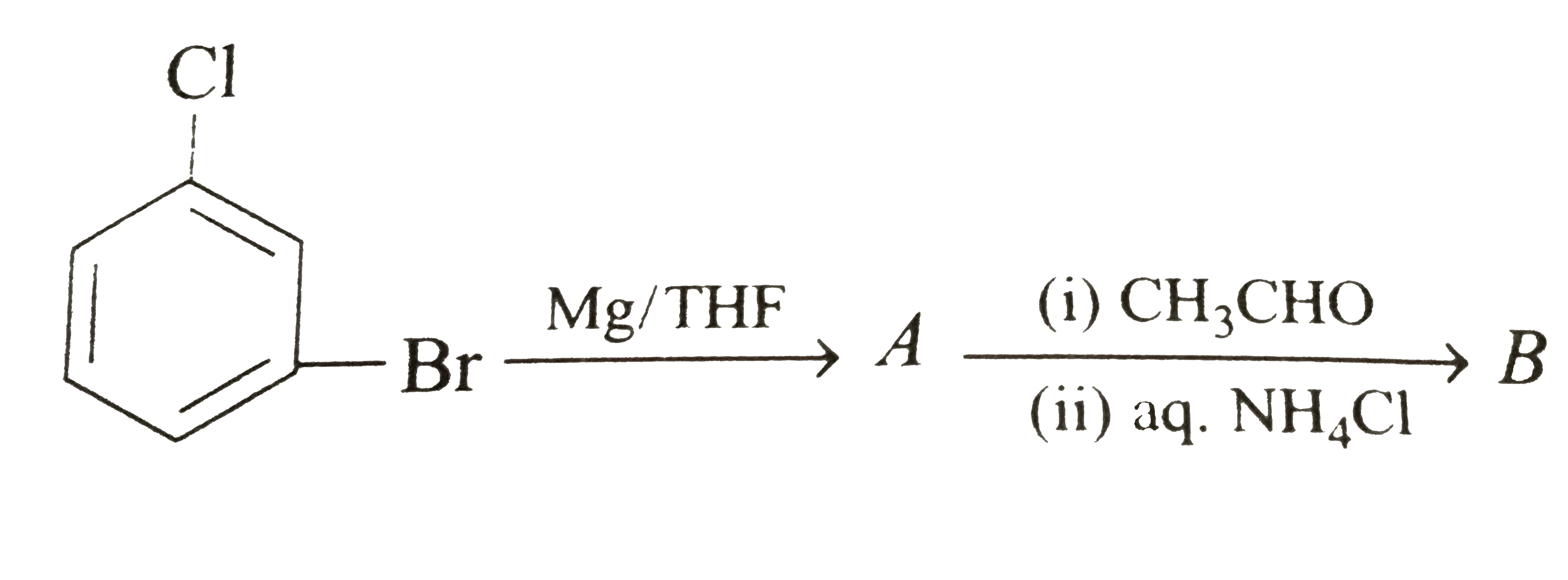 overset(Mg//THF)toA underset((ii) aq.NH_(4)Cl)overset((i) CH_(3)CHO)toBA
overset(Mg//THF)toA underset((ii) aq.NH_(4)Cl)overset((i) CH_(3)CHO)toBA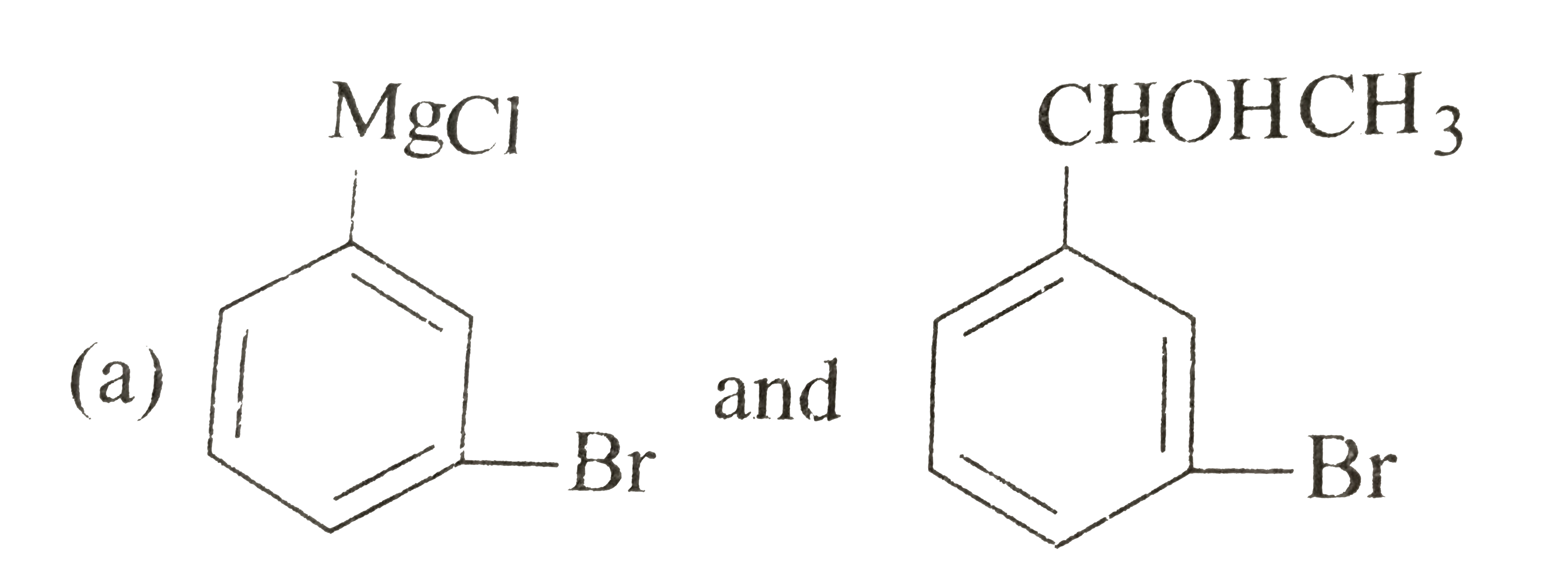 B
B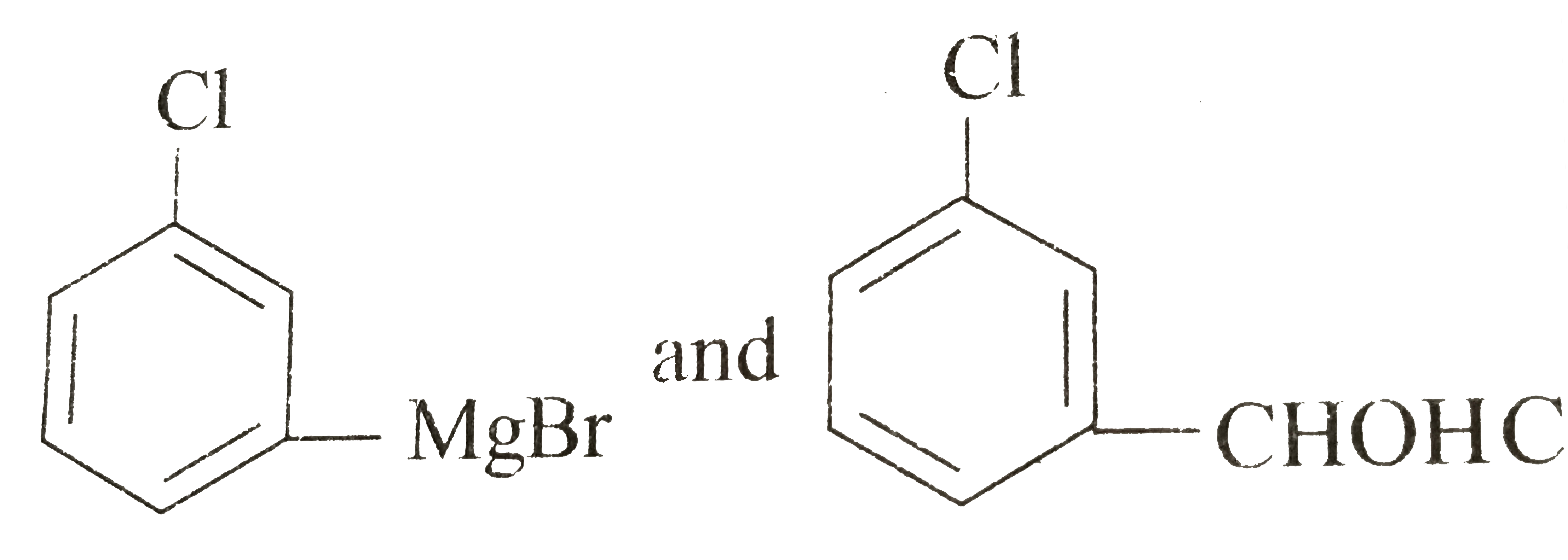 C
C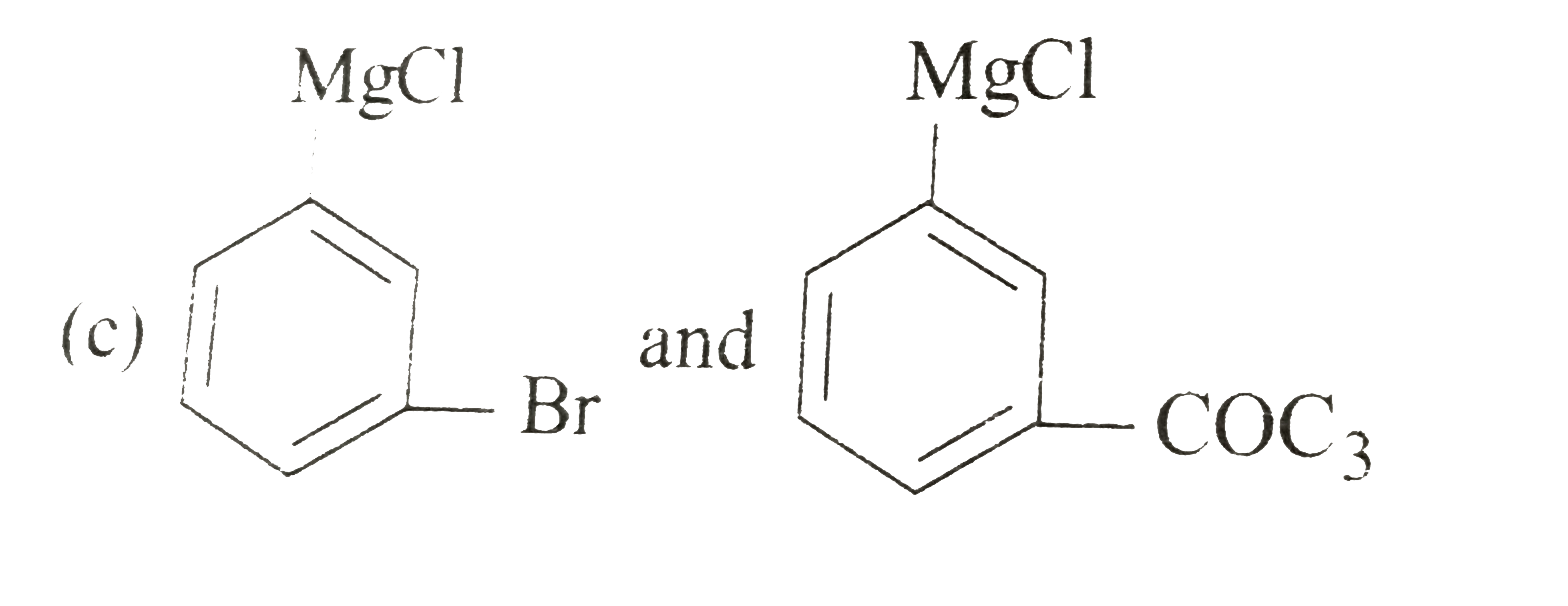 Dnone the these
Dnone the these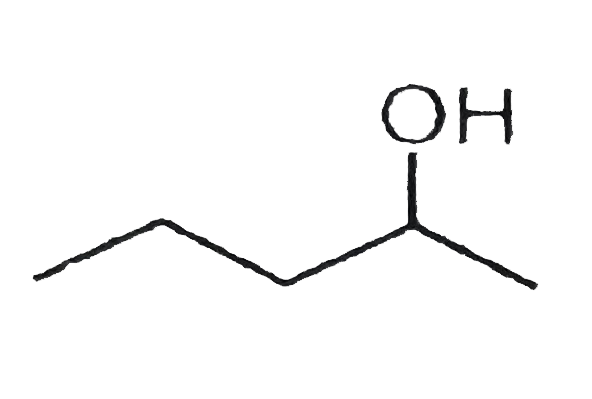 Cu−−→ΔAPhMgBr−−−−→H2O−−→B is:A
Cu−−→ΔAPhMgBr−−−−→H2O−−→B is:A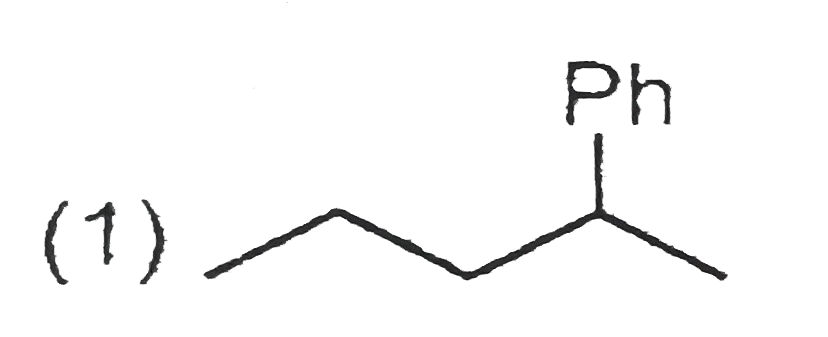 B
B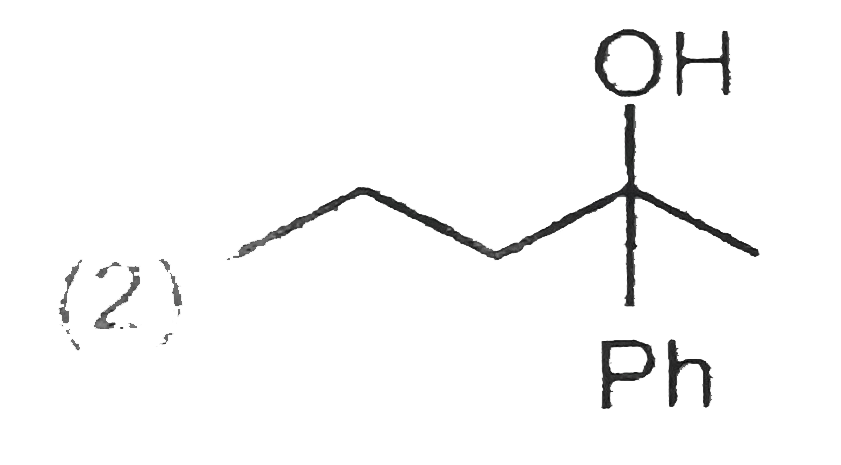 C
C D
D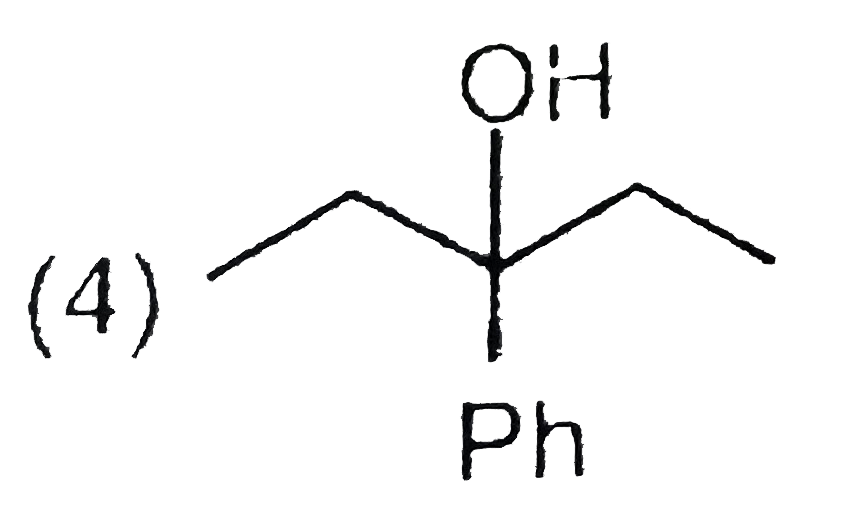
Name the end product in the following series of reaction
CH3COOHNH3−−→AΔ−−→P2O5BACH4BCH3OHCAcetonitrileDAmmonium acetate
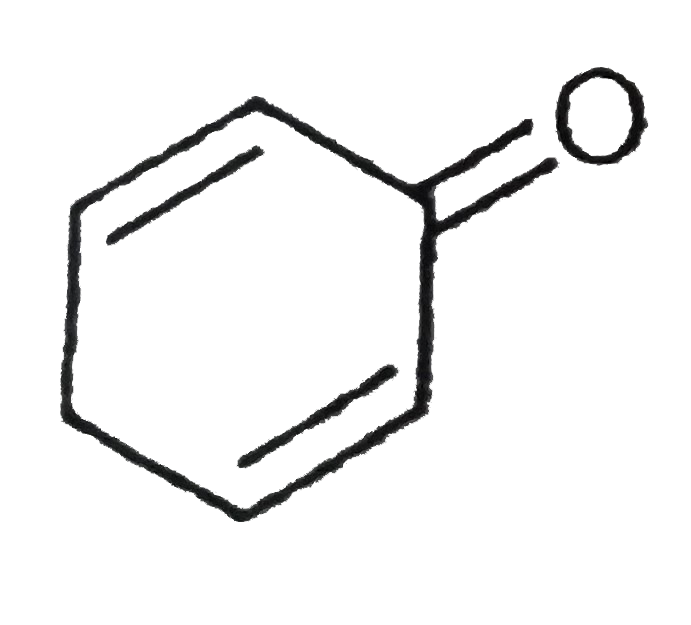
NaBH4−−−−→EtOHAConc.H2SO4−−−−−−−→ΔB products B is:
View SolutionCH3−C≡N+H2O(excess)H+−−→ANaOH+CaO−−−−−−−→ΔB
B is ?
View SolutionIn the reaction sequences
2CH3CHOOH−−−→AΔ−−→B the product B is
View SolutionCompounds (A) and (C ) in the following reactions are
CH3CHO(i)CH3MgBr−−−−−−−−→(ii)H2O(A)H2SO4,Δ−−−−−−→(B)Hydroboration oxidation−−−−−−−−−−−−−−→(C)
View SolutionIn the following sequence of reactions, the compound B is
CH3CH=CHCH3O3−−→(A)H2O−−→ZnB
View Solution
